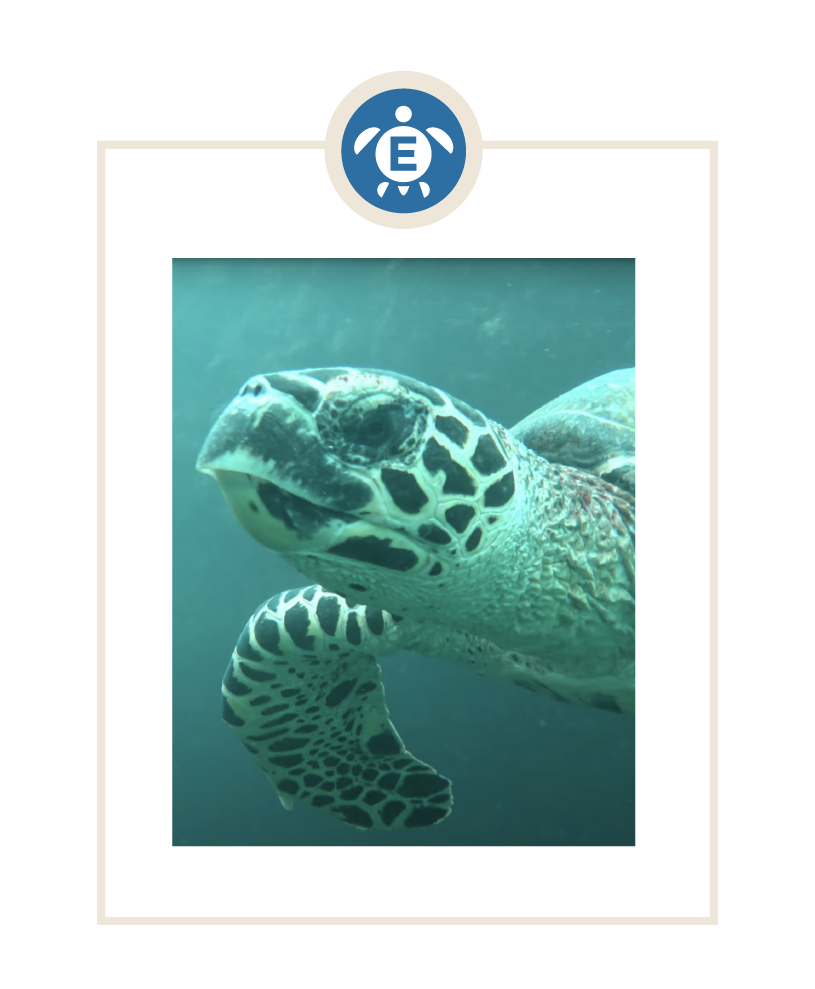The Endangered
Species Act
After signing into law in 1973, the ESA became known as “the most comprehensive legislation for the preservation of endangered species enacted by any nation."
The U.S. Endangered Species Act protects at-risk species as well as the habitats they depend on.
So far, 99% of listed species have avoided extinction.
Designation of
at-risk species
As outlined in Section 4 of the ESA, a species will undergo rigorous scientific evaluation and public review to determine whether it should be protected. The species may then be listed as either endangered or threatened.
The goal of the ESA is not only to prevent extinction, but also to recover species to the point where they no longer need protection.
Once a species is listed, it requires a critical habitat designation and a recovery plan.
Laniakea’s listed species
Hawaiian Green Sea Turtle
Status:
Threatened
Hawaiian Hawksbill Turtle
Status:
Critically endangered
Hawaiian Monk Seal
Status:
Endangered
View full list of Hawaii’s endangered species
on the U.S. Fish and Wildlife Service website
Prohibited Acts
In order to protect the species, the ESA outlines prohibited actions against listed animals, including harm and harassment.
Section 9 of the ESA makes it “unlawful for any person subject to the jurisdiction of the United States to … take any [endangered or threatened] species.”
16 U.S.C 1538(a)(1)(B)
To “take” a species is defined in Section 3 as “to harass, harm, pursue, hunt, shoot, wound, kill, trap, capture, or collect, or to attempt to engage in any such conduct.”
16 U.S.C. 1532 (19)
The ESA provides for enforcement of these provisions in Section 11, which authorizes civil and criminal penalties for violations.
The FWS has further defined “harm” and “harass” by regulation:
Harm:
The FWS has defined “harm” in the definition of “take” to mean “an act which actually kills or injures wildlife. Such act may include significant habitat modification or degradation where it actually kills or injures wildlife by significantly impairing essential behavioral patterns, including breeding, feeding or sheltering.” 50 C.F.R. 17.3
Harass:
The FWS has defined “harass” in the definition of “take” to mean “an intentional or negligent act or omission which creates the likelihood of injury to wildlife by annoying it to such an extent as to significantly disrupt normal behavioral patterns which include, but are not limited to, breeding, feeding, or sheltering.” 50 C.F.R. 17.3
Resources
Official Documents, Definitions
Endangered Species Act - Full Text - Fish and Wildlife Service
Endangered Species Act - Summary - NOAA
Endangered Species Act - Overview - Fish and Wildlife Service
Electronic Code of Federal Regulations - 50 CFR (definitions) - Electronic Code of Federal Regulations
Hawaii’s Listed Species - Fish and Wildlife Service
Hawaiian Green Seat Turtle Recovery Plan - NOAA
Hawksbill Turtle Recovery Plan - NOAA
Hawaiian Monk Seal Recovery Plan - NOAA
Web Articles
About the ESA - World Wildlife Fund
Papers
Turtles and Tourism: Where the Endangered Species Act Ends and Community Activism Begins - UCLA Journal of Environmental Law & Policy






